On October 31, the Safety for Development Project (SAFEGRO) opened an advanced training course on food safety education for preschool managers and teachers in Hanoi.
The activity is within the framework of the cooperation plan between the SAFEGRO Project and Thanh Oai commune, Binh Minh commune, Tam Hung commune and Dan Hoa commune (old Thanh Oai district) in 2025-2026, aiming to promote the integration of food safety education into preschool programs applying the Learning through Play method, contributing to raising awareness and changing food safety behaviors in the community.

The objective of the course is to help teachers understand, practice and apply tools such as Bloom's Taxonomy, SMART goal writing techniques and methods/techniques using HTQC to organize activities for children to learn about food safety in a more natural, lively and effective way.
At the program, teachers expressed their desire to learn more about how to organize engaging activities, ask appropriate questions for children, and integrate food safety content into preschool topics, especially receiving specific instructions on building lesson plans, games, and how to apply "learning through play" into daily teaching hours, especially the topic of food safety.
Answering these concerns, expert Truong Thi Kim Oanh emphasized the metaphor of Ms. Carla Rinaldi: “ Learning and playing are like two butterfly wings, one cannot exist without the other .” This image laid the foundation for the philosophy of the course: playing is learning, and learning is a form of purposeful play.
A video clip of fruit washing was shown to analyze the pedagogical situation. When the teacher in the video intervened in the students’ actions, Ms. Oanh asked the whole class: “ Is it okay to make mistakes when experiencing? Do we accept our children making mistakes and give them the opportunity to do it again ?”
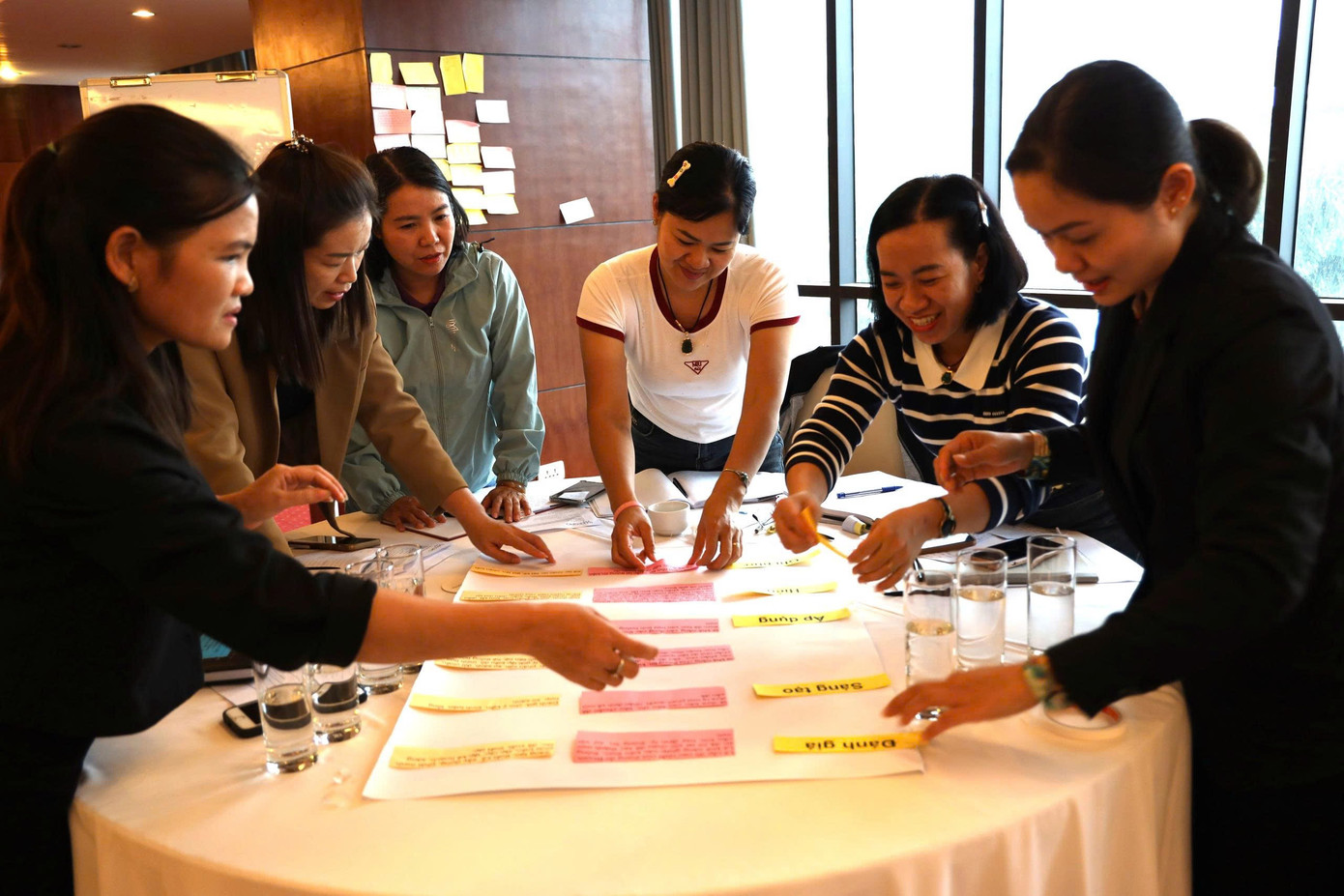
The question seems simple but touches the core of the teaching profession: teaching is not just about guiding children to do the right thing but also about creating conditions for children to try, make mistakes and learn again, and this is one of the typical characteristics of the TQC system.
“ The hardest thing for teachers is knowing when to support children .”
Helping too early deprives children of the opportunity to learn, and letting go too far misses the moment of self- discovery . Timely support becomes a subtle skill that Learning through Play helps teachers become more aware of.
“See, Think, Wonder”: When Thinking Is Awakened
At the training session, groups of teachers practiced the technique of “Seeing, Thinking, Wondering”. After watching the class video, they wrote down three columns: what they saw, what they understood, and what they wondered about. “ When we find the thing that worries us, we are curious and pay attention to the learning content. ” Ms. Nguyen Thi Lan Huong – Training Manager of the SAFEGRO project emphasized.
The word “wonder” becomes a sign of reflective thinking. When teachers stop to ask themselves why they do what they do, what the children learn from it, the real learning process begins. Learning through Play is therefore not only a method for children, but also a journey of relearning for teachers themselves.
The training continued with the content of guiding the writing of lesson objectives and dividing the six lessons on food safety according to the knowledge content and requirements of each age group. The instructor guided teachers to write objectives according to the SMART principle, specific, measurable, achievable, appropriate and time-bound, and applied Bloom's Taxonomy to determine the depth of thinking.
Instead of writing “ Children know how to wash their hands cleanly ”, teachers learn to write “ 90% of children can wash their hands correctly in 6 steps through daily practice activities ”. Such a clear goal helps to evaluate effectiveness and reflects the pedagogical thinking of the teacher.
Groups of teachers work together to divide the content of six lessons on food safety, including hand washing, food preservation, distinguishing between clean and spoiled food, bacteria, cleaning eating utensils and choosing safe food. Each group determines the content for each age group: 3-year-olds focus on recognition and simple operations, 4-year-olds learn to explain why, 5-year-olds are encouraged to analyze, compare and create their own activities.
This exercise helps teachers understand that each age group is not only different in skills but also in depth of thinking, and the main lesson goal is to map out children's abilities to develop naturally.
“ Only when you are very clear about how to write goals and SMART, from now on, will you be truly good at building capacity for thousands of preschool students ,” said Ms. Huong.
Next, student teachers are introduced to and experience formats such as Experts, Puzzles and the Question Transformation game, through which they learn how to ask open-ended, thought-provoking questions and encourage children to speak, think and explore for themselves. Each question becomes a tool to help children learn through their own experiences, and the teacher changes his role from teacher to guide. This is a natural transition from writing clear goals to turning those goals into activities and questions that touch the hearts of children.
On the second day of study, the program will practice applying all methods and techniques of organizing food safety education activities based on Learning through Play, focusing on questioning techniques and building lesson plans for 6 contents on food safety education suitable for the characteristics of each age group.
Source: https://tienphong.vn/khi-hoc-gap-choi-bi-kip-hieu-qua-giao-duc-an-toan-thuc-pham-mam-non-post1792663.tpo




![[Photo] The road connecting Dong Nai with Ho Chi Minh City is still unfinished after 5 years of construction.](https://vphoto.vietnam.vn/thumb/1200x675/vietnam/resource/IMAGE/2025/11/04/1762241675985_ndo_br_dji-20251104104418-0635-d-resize-1295-jpg.webp)
![[Photo] Ho Chi Minh City Youth Take Action for a Cleaner Environment](https://vphoto.vietnam.vn/thumb/1200x675/vietnam/resource/IMAGE/2025/11/04/1762233574890_550816358-1108586934787014-6430522970717297480-n-1-jpg.webp)
![[Photo] Ca Mau "struggling" to cope with the highest tide of the year, forecast to exceed alert level 3](https://vphoto.vietnam.vn/thumb/1200x675/vietnam/resource/IMAGE/2025/11/04/1762235371445_ndo_br_trieu-cuong-2-6486-jpg.webp)
![[Photo] Panorama of the Patriotic Emulation Congress of Nhan Dan Newspaper for the period 2025-2030](https://vphoto.vietnam.vn/thumb/1200x675/vietnam/resource/IMAGE/2025/11/04/1762252775462_ndo_br_dhthiduayeuncbaond-6125-jpg.webp)
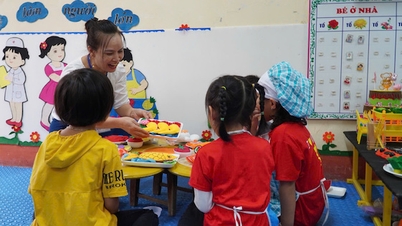

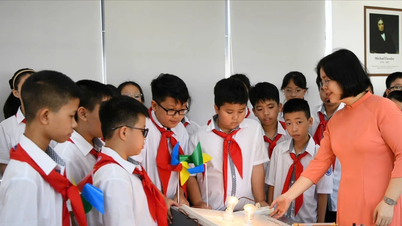
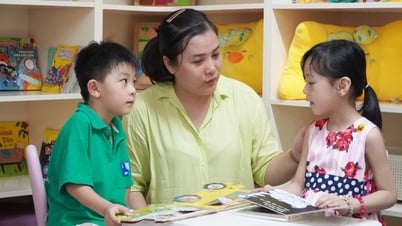

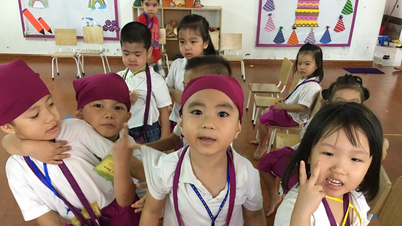


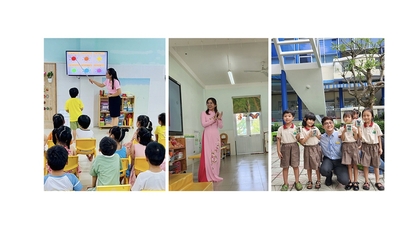





![[Video] Ministry of Education and Training announces the 2026 university and college enrollment plan](https://vphoto.vietnam.vn/thumb/402x226/vietnam/resource/IMAGE/2025/11/04/1762270484541_dung00-18-42-03still007-jpg.webp)
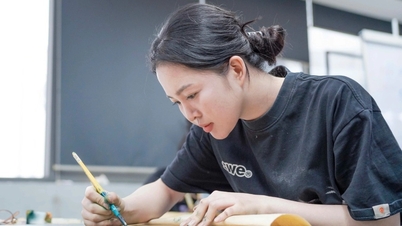































































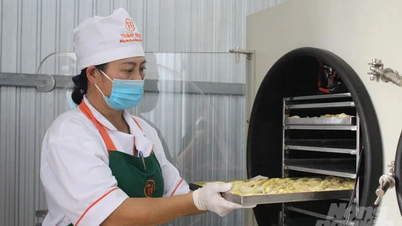
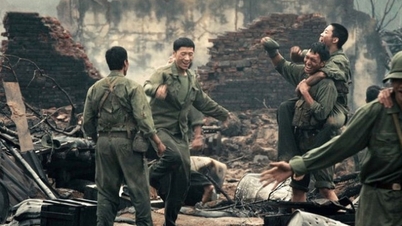
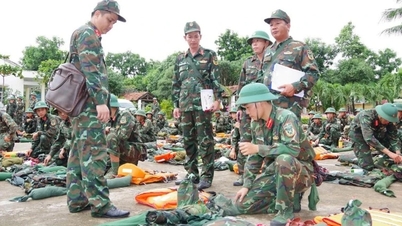














Comment (0)